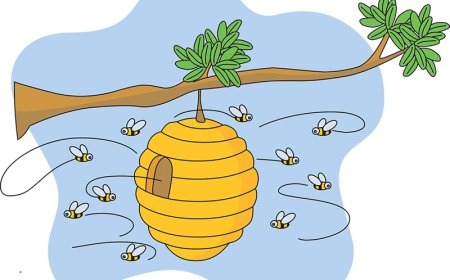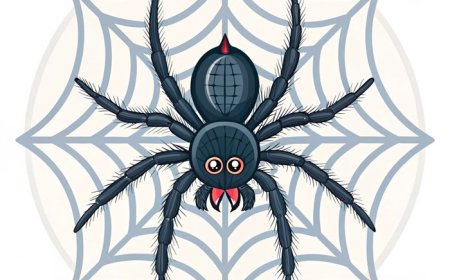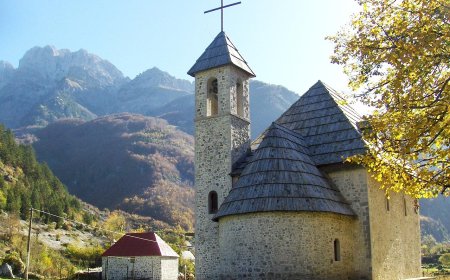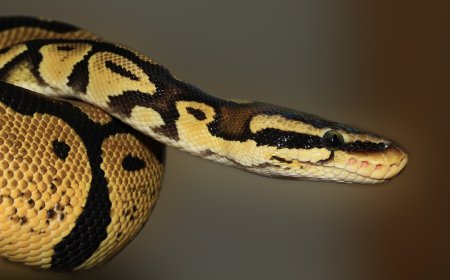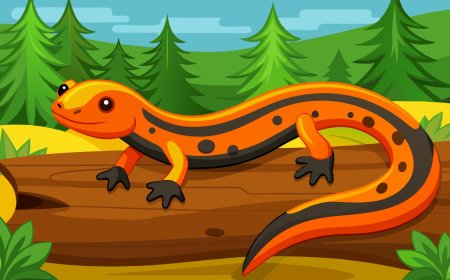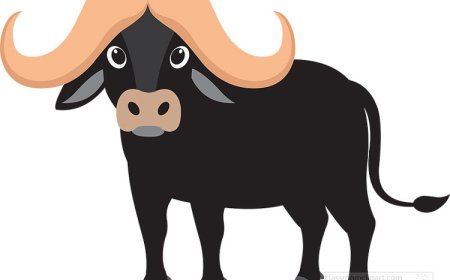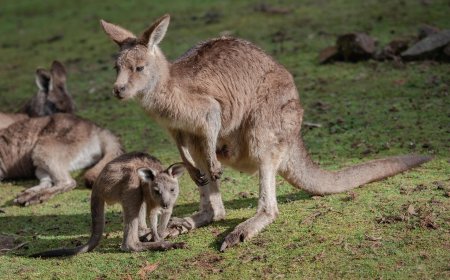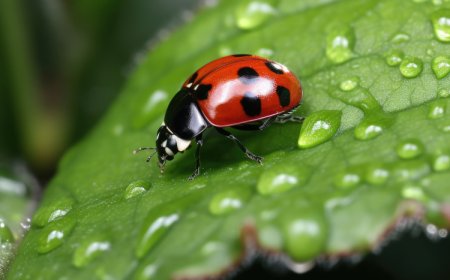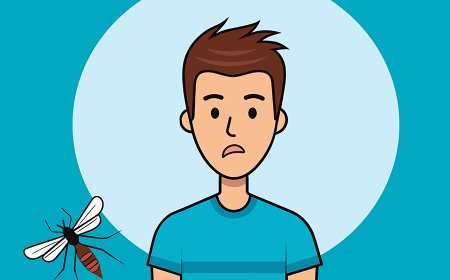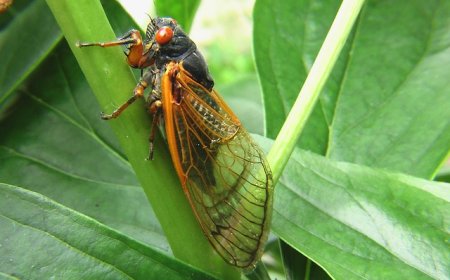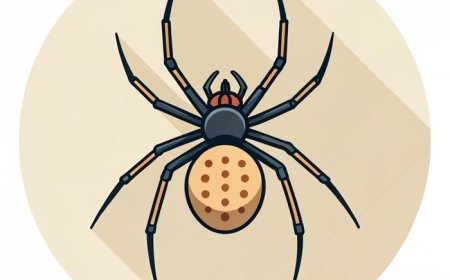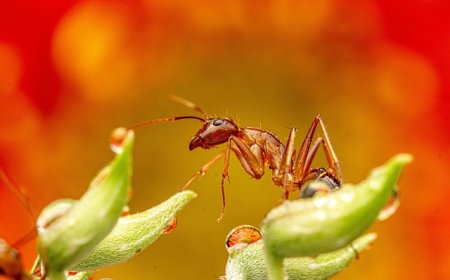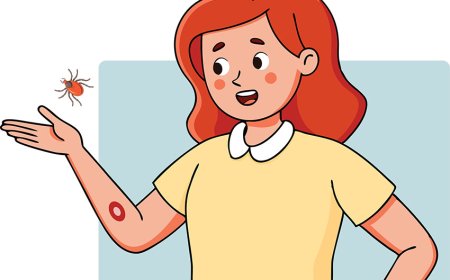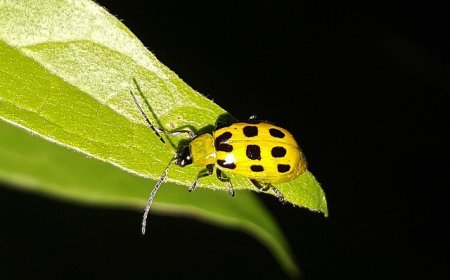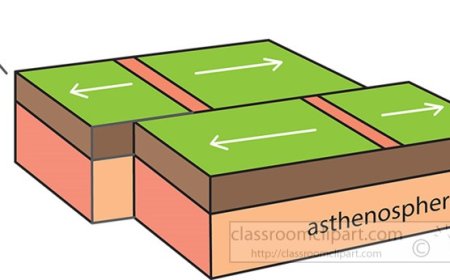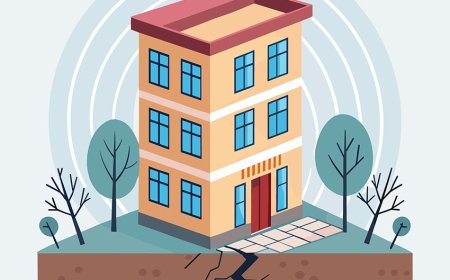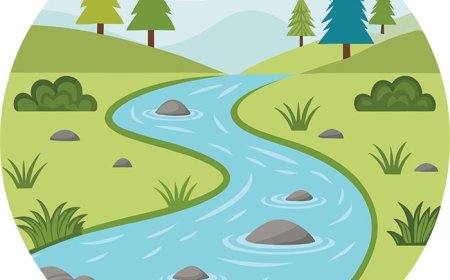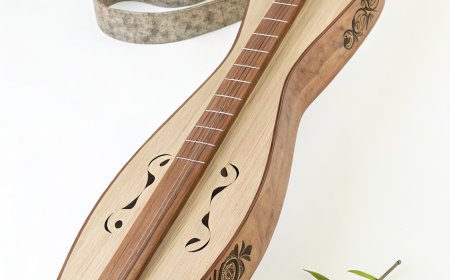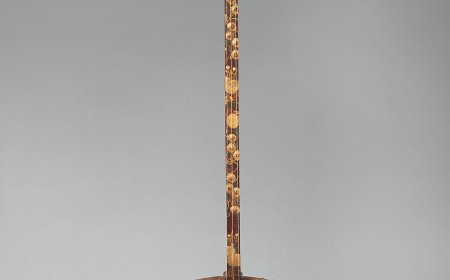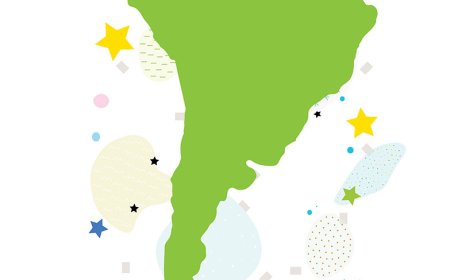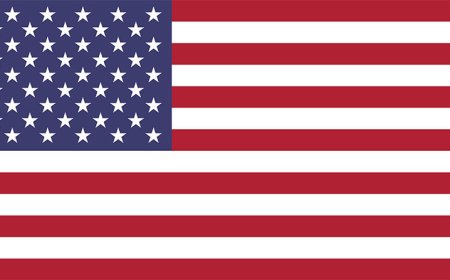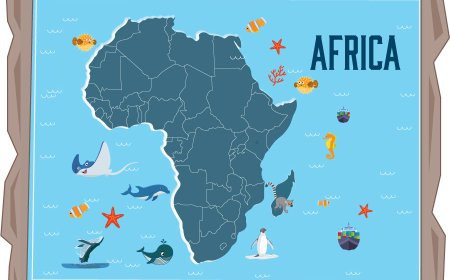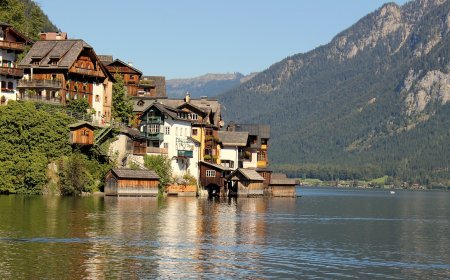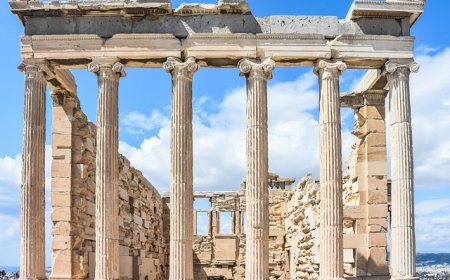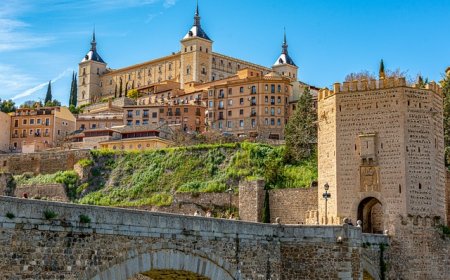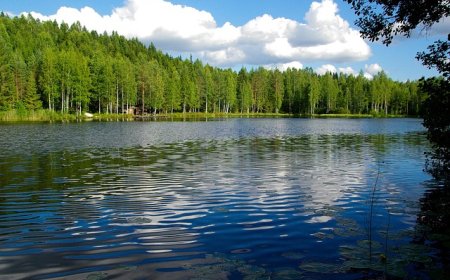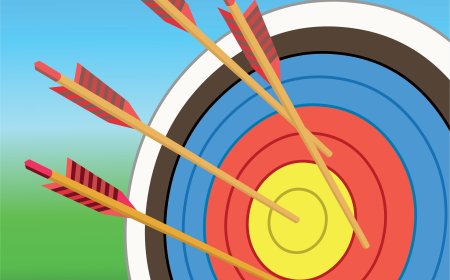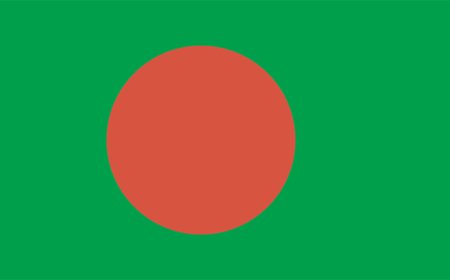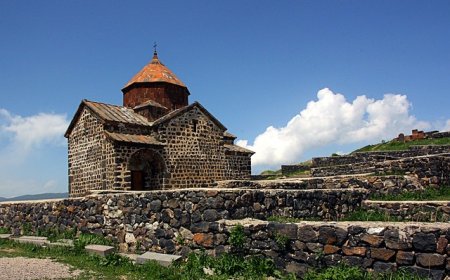Elements Compounds and Mixtures Explained Simply
Learn the differences between elements compounds and mixtures with clear definitions examples and how to tell them apart in everyday life and science
🌟 Introduction
Everything around you-from the air you breathe to the food you eat-is made of substances called elements, compounds, and mixtures. Knowing the differences helps us understand chemistry, sort materials, and predict how they will behave. Whether we are talking about oxygen in the air, water in a glass, or a fruit salad on your plate, each example fits into one of these categories.
🔍 What Are They?
Elements
An element is the simplest pure substance. It cannot be broken down into anything simpler by normal chemical means. Each element is made of one kind of atom.
-
Examples: Oxygen (O), Gold (Au), Hydrogen (H)
-
Found on the Periodic Table of Elements
Compounds
A compound is made when two or more different elements are chemically joined together. Compounds have properties different from the elements they are made of.
-
Examples: Water (H₂O), Table salt (NaCl), Carbon dioxide (CO₂)
-
Compounds are represented by chemical formulas
Mixtures
A mixture is made of two or more substances physically combined, not chemically bonded. The parts keep their own properties and can usually be separated.
-
Homogeneous mixture - looks the same throughout (salt water, air)
-
Heterogeneous mixture - you can see the different parts (trail mix, salad)
💡 Why Is This Important?
-
Identifying substances - Knowing if something is an element, compound, or mixture helps decide how to use it.
-
Predicting properties - Compounds may behave very differently from the elements inside them.
-
Separating materials - Mixtures can often be separated by simple physical methods like filtering or evaporation.
-
Understanding matter - This classification is the foundation of chemistry and material science.
🧪 Examples in Everyday Life
-
Element: Aluminum foil, pure gold jewelry, helium in balloons
-
Compound: Sugar in candy, water in drinks, baking soda in cookies
-
Mixture: Cereal with milk, muddy water, a smoothie
✨ Fun Facts
-
The human body is mostly made of oxygen, carbon, hydrogen, and nitrogen.
-
Steel is a mixture of iron and carbon, plus other elements for strength.
-
Air is a mixture of gases including nitrogen, oxygen, carbon dioxide, and others.
📌 Key Takeaways
-
Elements are pure substances with only one type of atom.
-
Compounds are made of different elements chemically bonded together.
-
Mixtures combine substances physically, not chemically.
-
Homogeneous mixtures look the same throughout; heterogeneous mixtures have visible parts.
-
Knowing the type of matter helps in science, industry, and everyday problem-solving.
🐾 Kid-Friendly Summary
Elements are like the basic building blocks, compounds are like recipes made by combining blocks in new ways, and mixtures are like tossing blocks together without gluing them. You can often pull mixtures apart, but compounds are stuck together until a chemical change happens.
📚 Vocabulary Words
-
Element - Pure substance made of only one kind of atom
-
Atom - Smallest unit of an element that still has its properties
-
Compound - Substance made when atoms of two or more elements are chemically bonded
-
Molecule - Two or more atoms bonded together
-
Chemical Bond - Force holding atoms together in a compound
-
Mixture - Combination of substances physically blended but not chemically joined
-
Homogeneous Mixture - Mixture that looks the same throughout
-
Heterogeneous Mixture - Mixture where you can see the different parts
-
Solution - Homogeneous mixture where one substance dissolves into another
-
Chemical Formula - Symbols showing the elements and number of atoms in a compound
-
Periodic Table - Chart showing all known elements
-
Separation Methods - Ways to split mixtures such as filtering or distilling
🧠 Interactive Quiz
Choose the best answer for each question.
-
Which is an example of an element?
- A. Water
- B. Oxygen
- C. Salt
- D. Sugar
-
What makes a compound different from a mixture?
- A. Its parts can be easily separated
- B. Its parts are chemically bonded
- C. It contains only one element
- D. It always contains water
-
Which of these is a homogeneous mixture?
- A. Salad
- B. Trail mix
- C. Salt water
- D. Sand and iron filings
-
What is a molecule?
- A. The smallest part of an element
- B. Two or more atoms bonded together
- C. A type of heterogeneous mixture
- D. A separation method
-
Which mixture type lets you see its parts?
- A. Solution
- B. Homogeneous mixture
- C. Heterogeneous mixture
- D. Compound


